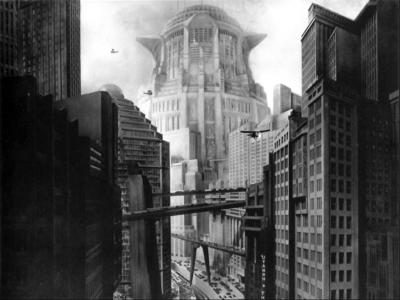By: Stephanie Kubick
We all know the name ‘Shirley Temple.’ The first image that comes to mind is Shirley Temple standing on a chair at the end of the orphanage table singing “Animal Crackers in my Soup.” She was a spirited young girl who had the sweetest, most likable disposition and the curliest bouncy hair you’ll ever come in contact with. She was nicknamed Curley Top by one of the orphanage’s trustees, Edward Morgan when he visited the orphanage one day. He the takes a liking to her and decides to adopt her. Curley Top has an older sister, Mary, who works at the orphanage as a maid and cook, though, and doesn’t want to leave her. So Mary ends up going with Shirley Temple and coincidently falls in love with the trustee. Long story short, they get married and all live happily ever after.
This is a perfect example of how television/film has evolved since its beginning. Curley Top is a perfectly clean, innocent, and cute story about love, friendship, and family. There are no curse words and no sexual activity, yet it is still a classic film full of twists and turns. Where has the movie industry brought us? Has the movie industry carried our culture into a norm of immorality and immodesty? Why has it become socially acceptable to exhibit immoral content for the whole world to see? Though the film industry has created many good, entertaining, and fun experiences, has it been worth all of the negatives effects it has brought along with it?



 “How long is famous for?”, G-Easy asks himself in bestselling album These Things Happen. As any one hit wonder or short lived film star can tell you, “famous” doesn’t last long. In fact, for most stars, fame fades in less than a year.
“How long is famous for?”, G-Easy asks himself in bestselling album These Things Happen. As any one hit wonder or short lived film star can tell you, “famous” doesn’t last long. In fact, for most stars, fame fades in less than a year.


 By Colin O’Neill 02/18/16
By Colin O’Neill 02/18/16